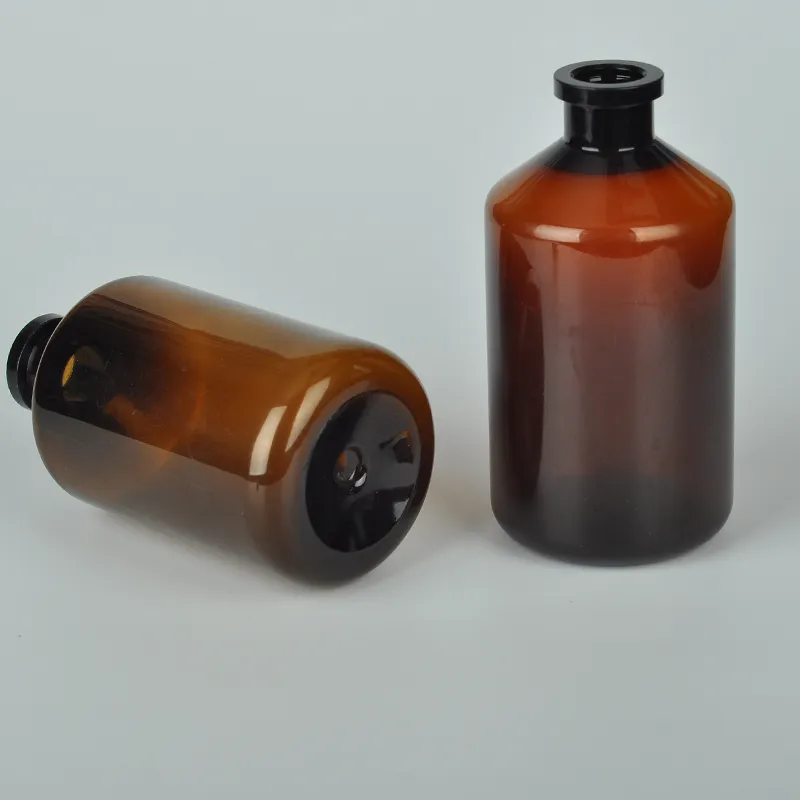
-
 Afrikaans
Afrikaans -
 Albanian
Albanian -
 Amharic
Amharic -
 Arabic
Arabic -
 Armenian
Armenian -
 Azerbaijani
Azerbaijani -
 Basque
Basque -
 Belarusian
Belarusian -
 Bengali
Bengali -
 Bosnian
Bosnian -
 Bulgarian
Bulgarian -
 Catalan
Catalan -
 Cebuano
Cebuano -
 Corsican
Corsican -
 Croatian
Croatian -
 Czech
Czech -
 Danish
Danish -
 Dutch
Dutch -
 English
English -
 Esperanto
Esperanto -
 Estonian
Estonian -
 Finnish
Finnish -
 French
French -
 Frisian
Frisian -
 Galician
Galician -
 Georgian
Georgian -
 German
German -
 Greek
Greek -
 Gujarati
Gujarati -
 Haitian Creole
Haitian Creole -
 hausa
hausa -
 hawaiian
hawaiian -
 Hebrew
Hebrew -
 Hindi
Hindi -
 Miao
Miao -
 Hungarian
Hungarian -
 Icelandic
Icelandic -
 igbo
igbo -
 Indonesian
Indonesian -
 irish
irish -
 Italian
Italian -
 Japanese
Japanese -
 Javanese
Javanese -
 Kannada
Kannada -
 kazakh
kazakh -
 Khmer
Khmer -
 Rwandese
Rwandese -
 Korean
Korean -
 Kurdish
Kurdish -
 Kyrgyz
Kyrgyz -
 Lao
Lao -
 Latin
Latin -
 Latvian
Latvian -
 Lithuanian
Lithuanian -
 Luxembourgish
Luxembourgish -
 Macedonian
Macedonian -
 Malgashi
Malgashi -
 Malay
Malay -
 Malayalam
Malayalam -
 Maltese
Maltese -
 Maori
Maori -
 Marathi
Marathi -
 Mongolian
Mongolian -
 Myanmar
Myanmar -
 Nepali
Nepali -
 Norwegian
Norwegian -
 Norwegian
Norwegian -
 Occitan
Occitan -
 Pashto
Pashto -
 Persian
Persian -
 Polish
Polish -
 Portuguese
Portuguese -
 Punjabi
Punjabi -
 Romanian
Romanian -
 Russian
Russian -
 Samoan
Samoan -
 Scottish Gaelic
Scottish Gaelic -
 Serbian
Serbian -
 Sesotho
Sesotho -
 Shona
Shona -
 Sindhi
Sindhi -
 Sinhala
Sinhala -
 Slovak
Slovak -
 Slovenian
Slovenian -
 Somali
Somali -
 Spanish
Spanish -
 Sundanese
Sundanese -
 Swahili
Swahili -
 Swedish
Swedish -
 Tagalog
Tagalog -
 Tajik
Tajik -
 Tamil
Tamil -
 Tatar
Tatar -
 Telugu
Telugu -
 Thai
Thai -
 Turkish
Turkish -
 Turkmen
Turkmen -
 Ukrainian
Ukrainian -
 Urdu
Urdu -
 Uighur
Uighur -
 Uzbek
Uzbek -
 Vietnamese
Vietnamese -
 Welsh
Welsh -
 Bantu
Bantu -
 Yiddish
Yiddish -
 Yoruba
Yoruba -
 Zulu
Zulu
Understanding the Applications and Purposes of Reagent Bottles in Laboratory Settings
The Uses and Functions of Reagent Bottles in Laboratories
Reagent bottles are essential tools in laboratories across various fields, including chemistry, biology, and environmental science. These specialized glass or plastic containers are designed to hold chemicals, solutions, and other reagents that are frequently used in experiments and research. Understanding their uses and functions can significantly enhance efficiency and safety in laboratory practices.
First and foremost, reagent bottles are designed to store chemicals safely. They come in various sizes, ranging from small 100 ml bottles to larger 1-liter containers, allowing researchers to choose the appropriate volume for their needs. The materials used in manufacturing these bottles—typically glass or high-quality plastic—are resistant to chemical reactions, ensuring that the contents remain stable and uncontaminated. Glass bottles, for instance, are favored for storing solvents and reagents that are sensitive to light or air, while plastic bottles might be used for more stable liquid solutions.
The Uses and Functions of Reagent Bottles in Laboratories
Another important function of reagent bottles is to facilitate easy dispensing of liquids. Many reagent bottles are designed with features like dropper tops or spouts, which allow for precise measurements and controlled dispensing of liquids. This is particularly important in scientific experiments where minute quantities of reagents are needed. Accuracy in the amount of reagent used can significantly alter experimental outcomes, making it essential for researchers to utilize bottles that allow for such precision.
reagent bottle uses and functions

Reagent bottles also serve as essential tools for labeling and organization within the laboratory. Each bottle can be labeled with the name of the reagent, concentration, date of preparation, and any safety hazards associated with the substance. This practice of labeling not only aids in quick identification but also promotes safety by ensuring all laboratory personnel are aware of the potential risks involved with specific chemicals. A well-organized reagent storage system reduces the chances of cross-contamination and improves workflow efficiency.
Furthermore, in today’s environmentally conscious society, the design and use of reagent bottles have evolved to include considerations for sustainability. Many laboratories are moving towards using recyclable materials for their reagent bottles or implementing glass bottles that can be cleaned and reused. This shift not only helps to reduce waste but also encourages practices that align with ethical standards of environmental stewardship in scientific research.
In addition to their primary functions, reagent bottles can be beneficial in teaching environments. They are commonly used in educational laboratories to help students learn about chemical properties, reactions, and the importance of safety practices. By familiarizing students with reagent bottles and their proper use, educators instill crucial laboratory skills that will serve them in future scientific endeavors.
In conclusion, reagent bottles are indispensable in laboratory settings, providing safe storage, precise dispensing, and effective organization of chemicals and solutions. Their design and functionality play a vital role in enhancing research efficiency and ensuring a safe working environment. As laboratories continue to innovate and prioritize sustainability, the evolution of reagent bottles will undoubtedly play a significant role in the future of scientific exploration. By understanding their uses and functions, laboratory personnel can enhance not only their own practices but also contribute to broader advancements in science and safety.
-
Premium Metal Dropper Bottle for Precise Dispensing 250ml & 1ml Options AvailableNewsJul.04,2025
-
20 ml Headspace Vials - High Quality Polyethylene & Plastic Vials for Lab UseNewsJul.04,2025
-
Small Bottle with Pipette - Precise Dispensing 100ml Pipette Bottles for Essential Oils & Lab UseNewsJun.24,2025
-
Acetic Anhydride Bottle for Accurate Dropper Measurement in Pharmacy Use High-Quality Dropper BottlesNewsJun.10,2025
-
Innovative PET Bottle Design for Juice – Unique Shapes & Customization OptionsNewsJun.10,2025
-
20 Pack Sterilized Petri Dishes – Assorted Sizes, High Quality Small Plastic Petri Dishes for Lab UseNewsJun.10,2025






















